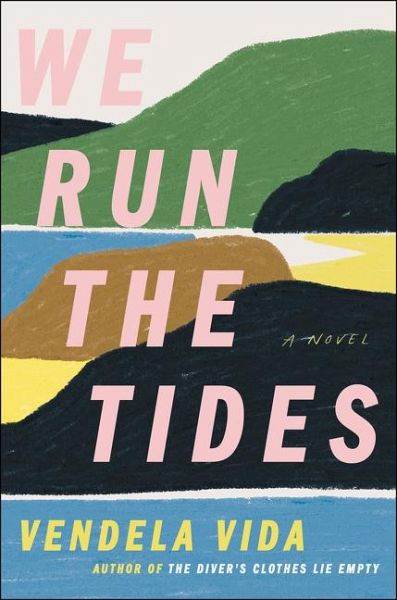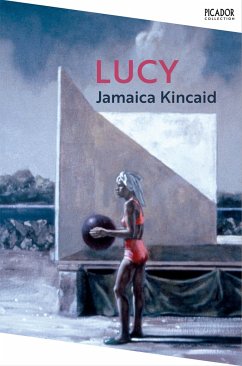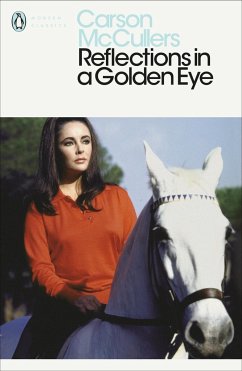
We Run the Tides
A Novel
Versandkostenfrei!
Versandfertig in 2-4 Wochen
15,99 €
inkl. MwSt.
Weitere Ausgaben:

PAYBACK Punkte
8 °P sammeln!
NATIONAL BESTSELLER An achingly beautiful story of female friendship, betrayal, and a mysterious disappearance set in the changing landscape of San Francisco Teenage Eulabee and her magnetic best friend, Maria Fabiola, own the streets of Sea Cliff, their foggy oceanside San Francisco neighborhood. They know Sea Cliff’s homes and beaches, its hidden corners and eccentric characters—as well as the upscale all-girls’ school they attend. One day, walking to school with friends, they witness a horrible act—or do they? Eulabee and Maria Fabiola vehemently disagree on what happened, and t...
NATIONAL BESTSELLER An achingly beautiful story of female friendship, betrayal, and a mysterious disappearance set in the changing landscape of San Francisco Teenage Eulabee and her magnetic best friend, Maria Fabiola, own the streets of Sea Cliff, their foggy oceanside San Francisco neighborhood. They know Sea Cliff’s homes and beaches, its hidden corners and eccentric characters—as well as the upscale all-girls’ school they attend. One day, walking to school with friends, they witness a horrible act—or do they? Eulabee and Maria Fabiola vehemently disagree on what happened, and their rupture is followed by Maria Fabiola’s sudden disappearance—a potential kidnapping that shakes the quiet community and threatens to expose unspoken truths. Suspenseful and poignant, We Run the Tides is Vendela Vida’s masterful portrait of an inimitable place on the brink of radical transformation. Pre–tech boom San Francisco finds its mirror in the changing lives of the teenage girls at the center of this story of innocence lost, the pain of too much freedom, and the struggle to find one’s authentic self. Told with a gimlet eye and great warmth, We Run the Tides is both a gripping mystery and a tribute to the wonders of youth, in all its beauty and confusion.













